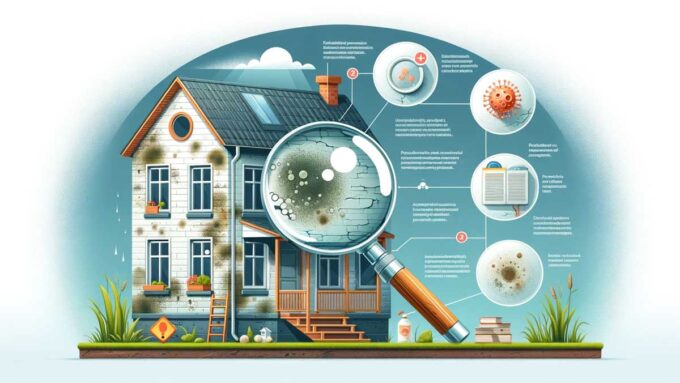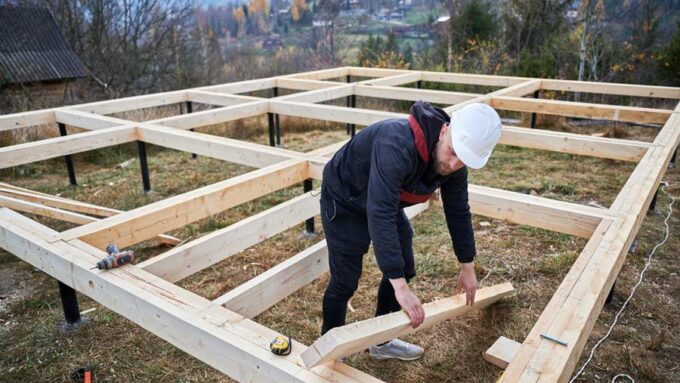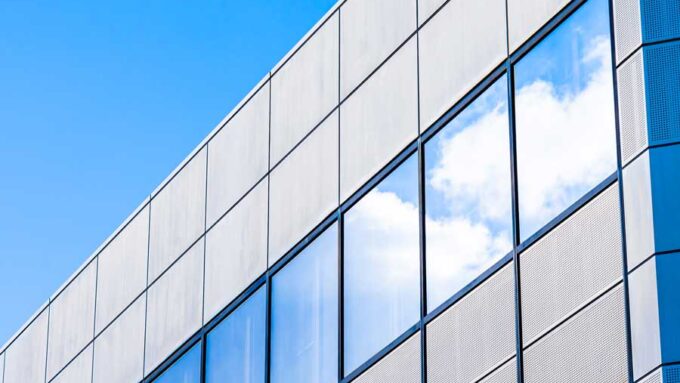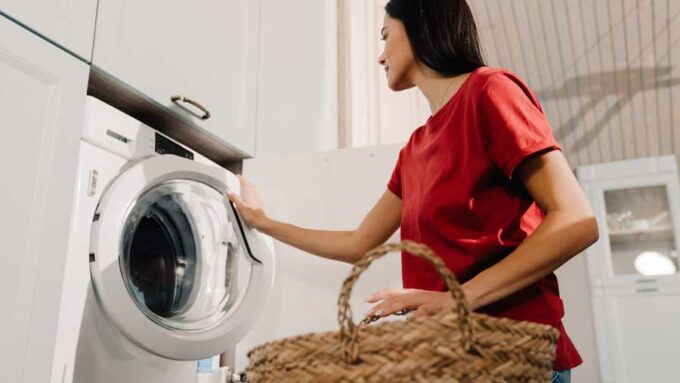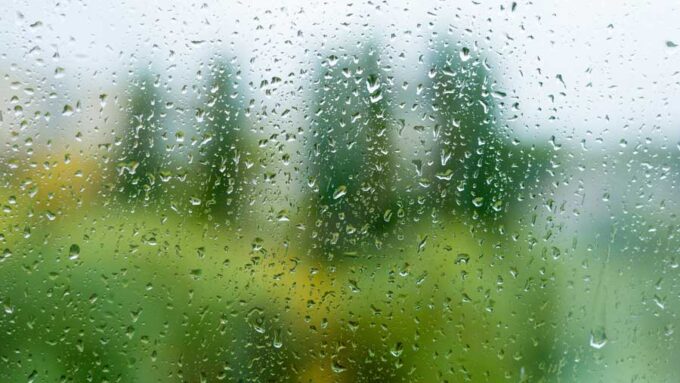The presence of mold in homes is a common yet often misunderstood issue. This article delves into the ‘four ways mold starts in homes‘, providing insights into its origins and effective remediation strategies. Our approach combines technical expertise with practical solutions, ensuring you have the necessary information to tackle mold-related challenges.
| Topic | Key Points |
|---|---|
| Origins of Mold | Identifying common sources in homes |
| Mold Remediation Technologies | Latest advancements and techniques |
| Prevention Strategies | Tips for maintaining a mold-free environment |
As we explore the origins of mold in homes, it’s crucial to understand the conditions that foster its growth and the innovative technologies available for remediation.
The Origins of Mold in Homes
Mold, a persistent issue in many households, thrives in specific conditions. Understanding these conditions is the first step in effective mold management.
- Moisture and Humidity: Mold spores flourish in damp, humid environments. Common sources include leaking pipes, condensation, and poorly ventilated areas.
- Lack of Ventilation: Homes with inadequate airflow often experience mold growth due to trapped moisture and stale air.
- Organic Materials: Mold feeds on organic matter, making wood, paper, and fabric ideal breeding grounds.
- Temperature: Warmth is another key factor, with most molds preferring temperatures above 70°F (21°C).
These conditions, often unnoticed, create the perfect environment for mold growth. However, by addressing these factors, we can effectively prevent and control mold proliferation.
Did You Know? In the United States, around 45 million buildings have unhealthy levels of mold.
To transition into the technological aspect of mold remediation, let’s summarize: Mold originates from moisture, poor ventilation, organic materials, and warm temperatures. Understanding this, we now look at the latest
technologies and methods employed in mold remediation.
Advanced Technologies in Mold Remediation
Mold remediation in Santa Rosa, CA has evolved significantly with advancements in technology, offering more efficient and effective solutions.
- Infrared Imaging: This technology allows for the detection of hidden moisture and mold growth, enabling targeted remediation.
- HEPA Filtration: High-Efficiency Particulate Air (HEPA) filters capture mold spores from the air, significantly reducing airborne contamination.
- Ultrasonic Cleaning: Ultrasonic cleaners use high-frequency sound waves to clean mold from personal belongings and other items.
- Eco-Friendly Antimicrobials: The use of green cleaning agents ensures safe and effective mold removal without harmful chemicals.
These technologies not only ensure thorough mold removal but also contribute to a healthier indoor environment. By embracing these advancements, we can tackle mold more effectively and safely.
As we have seen, modern technologies like infrared imaging and HEPA filtration play a crucial role in mold remediation. Next, we will explore preventive strategies to maintain a mold-free home, ensuring long-term health and comfort.
Mold Prevention Strategies
Preventing mold growth is as important as removing it. Here are key strategies to keep your home mold-free:
- Control Humidity Levels: Maintain indoor humidity below 60% to inhibit mold growth.
- Improve Ventilation: Ensure adequate airflow in areas prone to moisture, like bathrooms and kitchens.
- Regular Inspections: Routine checks for leaks and damp spots can prevent mold from taking hold.
- Prompt Repairs: Addressing leaks and water damage immediately prevents mold growth.
Implementing these strategies can significantly reduce the risk of mold in your home, ensuring a healthier living environment.
To summarize, preventing mold involves controlling humidity, improving ventilation, conducting regular inspections, and making prompt repairs. By following these strategies, homeowners can effectively safeguard against mold. Next, let’s wrap up with our concluding thoughts.
Conclusion
Mold in homes, while common, can be effectively managed through understanding its origins, utilizing advanced remediation technologies, and implementing robust prevention strategies. By acknowledging the ways mold starts and spreads, leveraging modern techniques for mold removal, and adopting preventive measures, homeowners can create a safer, healthier living environment.
Did You Know? About 4.6 million cases of asthma in the U.S. are estimated to be attributable to dampness and mold exposure in homes.
Remember, the fight against mold is ongoing, and staying informed and proactive is key to maintaining a mold-free home.
Take the Next Step
If you have concerns about mold in your home or need expert advice, don’t hesitate to reach out. RCS has been serving Sonoma and Marin Counties since 1975, offering round-the-clock assistance with a team of certified professionals. Visit our contact page for 24/7 support from a live operator. Whether it’s for mold remediation, water damage restoration, or just a simple query, we’re here to help you every step of the way.

